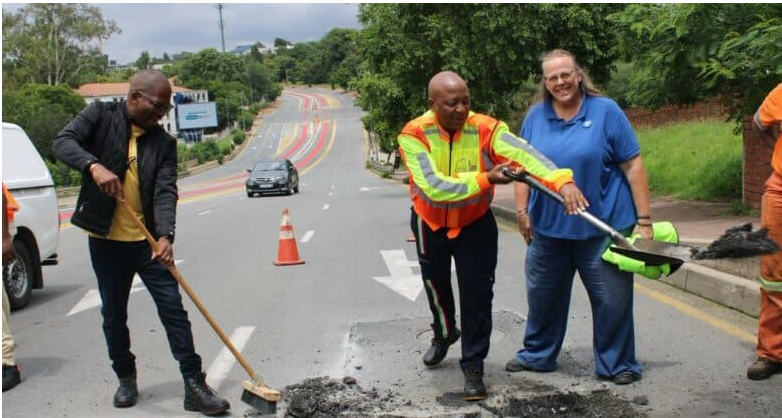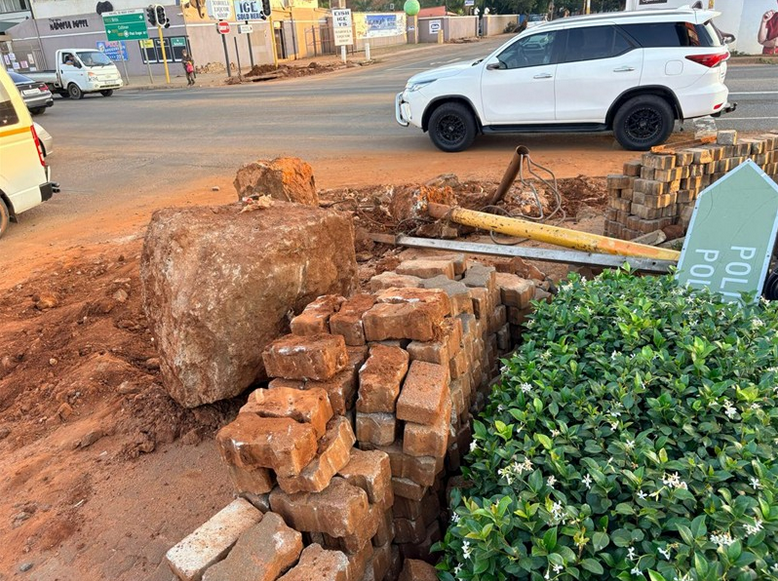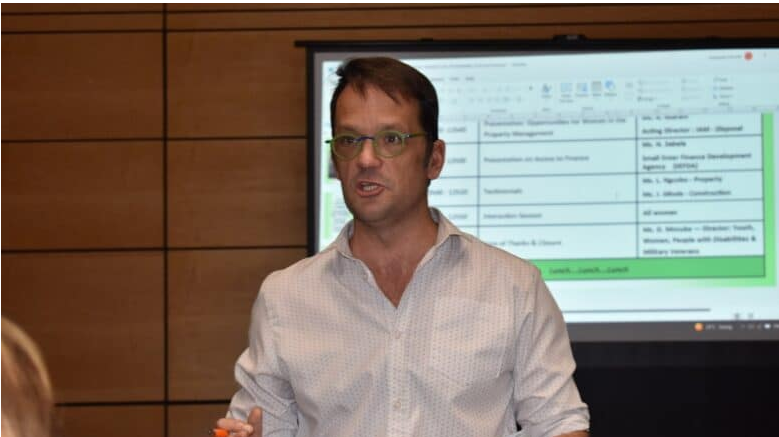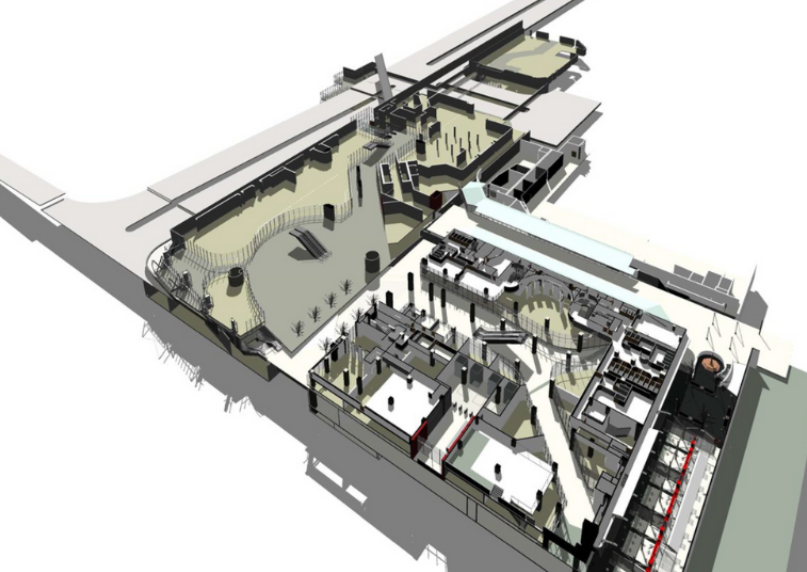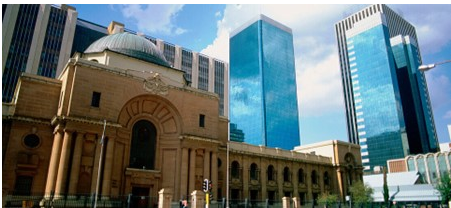SA advised to cancel its commitment to giant DRC hydroelectric power project, says new report
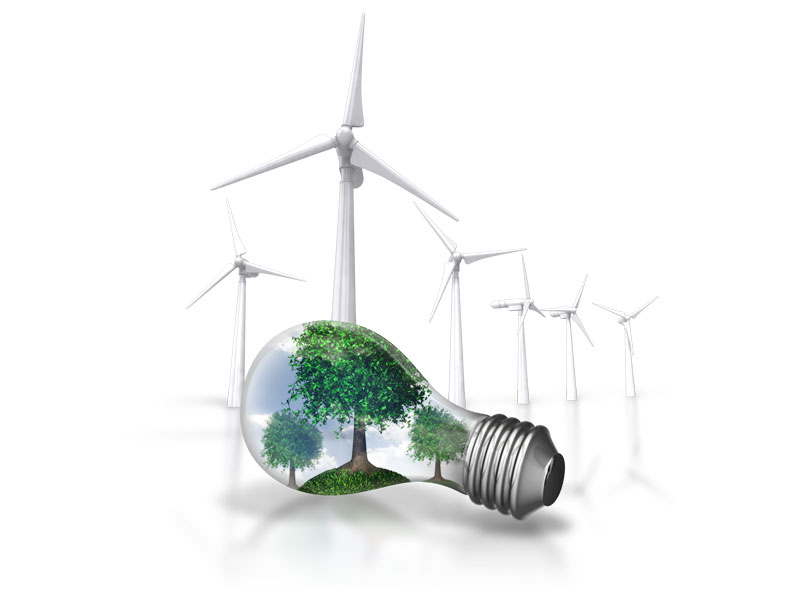
Advertising
20-03-2020
Read : 280 times
Bizcommunity.com
Source
Authors of the report contend that power from the controversial project would probably be more expensive than other domestic sources and could soon become completely unnecessary as the local Medupi and Kusile power stations and increasing renewable energy production eventually come on stream.
Pretoria’s commitment to buy 2.5GW of power from the proposed Inga III hydroelectric project in the Democratic Republic of Congo could cost South Africa R175-million a year more than producing that amount of electricity locally.
Buying into Inga III would require South Africa to put up billions of rands to build thousands of kilometres of transmission lines from the Congo River. South Africa should therefore stay away from the project, a new report published on Thursday concludes.
The report: “I need you; I don’t Need You; South Africa and Inga III” by the US-based Congo Research Group (CRG) and Cape Town-based Phuzumoyo Consulting, notes that both Parliament’s energy portfolio committee and a senior Eskom official have advised the government to cancel its commitment.
Despite this, President Cyril Ramaphosa seems determined to forge ahead with the undertaking which was originally given to the DRC by then-President Jacob Zuma.
The authors of the report contend that power from the controversial project would probably be more expensive than other domestic sources and could soon become completely unnecessary as the local Medupi and Kusile power stations and increasing renewable energy production eventually come on stream.
The capital costs of building the transmission lines would be about $4-billion (presently about R70-billion) according to the International Rivers environmental advocacy group. The eventual cost would, however, depend on several factors, including the route taken by the electric lines. Eskom has calculated it would host a hefty R7-million a kilometre.
The report notes that DRC is apparently counting on the commitment of South Africa as the anchor customer before it begins the project. Inga I and Inga II hydroelectric plants are already producing some power from the massive Inga Falls downstream of Kinshasa. Inga III is intended to add another 4.8GW — or possibly as much as 11GW. Engineers have estimated the falls are capable of generating as much as 40GW and there are plans on the drawing board to build more dams and hydroelectric plants to realise this potential
The authors of I Need You, I Don’t Need You conclude that because buying Inga III power doesn’t make economic sense, Pretoria’s commitment appears to be based mainly on foreign policy reasons, including solidarity with the continent.
They note that Jeff Radebe, the then energy minister, justified the commitment to Inga III to a sceptical parliamentary portfolio committee in October 2018 by saying:
“Inga is a very good project for us, for SADC and for Africa. It is part of Agenda 2063. At the African Development Bank, it is one of the top priorities of the new boss there. It is of benefit to all Africans that it is implemented as soon as possible.”
The report says, however, that buying into Inga III makes no environmental or social sense either for South Africa or the DRC as the Congolese, most of whom lack access to electricity, will barely benefit. Most of the power will be exported or sold to businesses such as mining corporations. The dams and transmission lines will also damage ecosystems, it has been alleged.
“In the best-case scenario, Inga III could provide additional electricity to the embattled South African national electricity company, [Eskom] albeit most likely at a higher cost than other sources and at a time when electricity supply is becoming more abundant and diverse,” the report says.
“In the worst case, South Africa will commit itself to buying electricity it may not need, at a higher price than from other sources, and becoming complicit in significant damage to Congolese communities and the environment.”
The report traces South Africa’s undulating commitment to Inga III, beginning in 2011 with Zuma and then DRC president Joseph Kabila signing a framework agreement. In October 2013 they signed the Grand Inga Treaty in which South Africa pledged to buy 2.5GW of the planned total output of 4.8GW from Inga III. South Africa also acquired the option to buy 20% to 30% of additional electricity from further phases of the Grand Inga scheme if these materialised.
At the time, there were widespread suspicions about this agreement with suggestions that Zuma had made the commitment in exchange for business deals in DRC for his nephew.
Yet Ramaphosa has maintained the commitment, despite opposition even from his own party. The report notes that in November 2018 even the parliamentary portfolio committee on energy — which includes members of the ruling ANC — pressed the government to cancel its purchase of Inga III power and instead to invest in domestic power generation which would be cheaper, more reliable and create more jobs.
This was after a senior official of the Department of Energy had told the committee that Inga power would cost two to three cents per kWh more than the lowest-cost scenario, increasing the national energy bill by about R175-million a year.
The report records how Mbulelo Kibido, Eskom’s head of grid planning, has criticised Inga III power as expensive and unnecessary.
He told the authors in August 2018 that an entirely new transmission line would have to be erected from Inga III through Zambia to South Africa — a distance of several thousand kilometres at a cost of R7-million a kilometre. This amount excluded many substations along the way, each with two transformers which would cost about R400 apiece.
“We simply do not have that kind of money,” Kibido told the authors.
He added that South Africa did not need more power as the Medudi and Kusile coal-powered generating plants would add 11GW to the national grid when ready.
“We want to sell power, not buy it. Inga makes no business sense for us. And there is no budget for it.” The report suggests that neighbouring Mozambique and Namibia will be adding more power in coming years, producing a regional surplus in electricity.
Despite such misgivings, Pretoria wrote to the DRC in December 2018, just days before that country’s elections, offering to double its pledge by buying 5GW of Inga III power, according to the report.
However, in its latest Integrated Resource Plan (IRP) setting out future energy sources, on 18 October 2019, the government reverted to the 2.5GW commitment, “a sign… that the government had taken on board all the criticism about Inga,” the authors write.
Nonetheless, Ramaphosa reiterated his government’s commitment to Inga III at the February 2020 African Union summit in Addis Ababa, the report notes.
“The government says it wants Inga III to happen because it will aid Africa’s industrialisation, help diversify South Africa’s energy mix and will increase the share of the South African total provided by renewable sources,” the report says.
But they believe the real reason for Ramaphosa’s continuing commitment to Inga III is that his government fears the reputational damage it would suffer from a perception that it was abandoning its post-apartheid commitment to help drive Africa’s economic development.
Inga has acquired an almost mythical status with many starry-eyed predictions that it could light up much of Africa and even export power beyond the continent. The Inga III project has been on the drawing board since the early 1990s, but South Africa’s pledge to buy at least 2.5GW seemed to jolt it into greater action and it appointed two consortia of construction companies, one mainly Spanish and one Chinese, to build the plant.
In 2015, after Kabila moved the management of the project into his own office, the World Bank, fearing corruption, suspended a $73-million grant for financing tendering and critical impact and feasibility studies.
Kinshasa forged ahead regardless, asking the two consortia to fuse their proposals in 2017 and proposing to expand the hydroelectric plant to produce at least 10GW of electricity at a cost of about $13.9-billion. This was what apparently prompted the idea of doubling SA’s buy-off to 5GW.
However, the report says new DRC President Felix Tshisekedi seems to be less ambitious and has backed off from this plan, suggesting in December 2019 that the DRC should start with the original proposal of a 4.8GW plant and possibly expand later. The report questions whether the construction consortia who are supposed to build the dam and plant will accept this proposal, as they’d insisted on the project being more than doubled to make it financially viable for them.
Recent News
Here are recent news articles from the Building and Construction Industry.
Have you signed up for your free copy yet?
